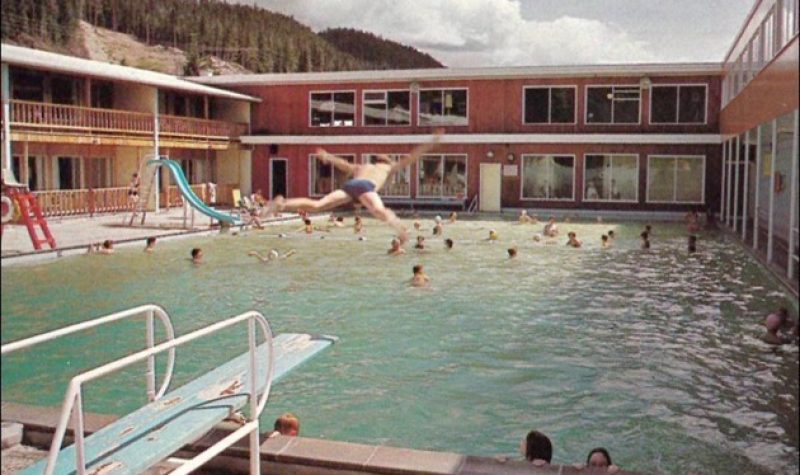Before the pandemic, Dustin Porter worked for Princess Cruise as a videographer. His job was making sure the cruise ship experience looked fun and glamorous for those attending.
A prerequisite to any career for Dustin was the desire to travel, but when the pandemic shut down the cruise line 2020, he chose to take the opportunity to work for himself and travel the world in a motorhome in search for great abandoned places for his Youtube channel called Destination Adventure.
Porter said that "northern BC has so many amazing spots that are kept secret, safe and untouched because of the lower population numbers compared to urban areas in the province."
One of those spots is the Mt Layton Hot Springs Resort along the eastern shore of Lakelse Lake just south of Terrace.
The springs are the hottest in Canada with a mean temperature of 30 degrees Celsius, and are the second largest hot springs in North America after Glenwood Springs in Colorado.
Porter said this was one of the coolest places he’s visited because the owners of the hot springs resort still own the property and the hotel and restaurant on the grounds remain in operation, but the waterpark feature of the hot springs is untouched since its closure in 2010.
CICK News spoke to Marlene Orleans—who, along with her husband Bert, currently owns of the resort—to gather a timeline of events which lead to the closure.
Marlene and Bert purchased the property in 1985 when the Canadian government released a country-wide bid for the 1,000 acre property with the intent to expand the hotel and restaurant and natural hot springs to include a water park feature.
In an attempt to mitigate the natural spread of disease at any shared pool, the Orleans installed a costly ozone filtration system for the pools to keep them sanitized.
Ozone is useful in swimming pools because it effectively kills and inactivates bacteria, parasites, and viruses. It's also a good oxidizer, which means that it can chemically destroy contaminants in the water.
But new indoor pool regulations regarding their indoor mineral pools came into effect for the business, but was not a good system because, as a natural hot spring, water flowed in and out of the channels.
So, once the cost of operating the outdoor hot springs park became unfeasible, the Orleans closed it down to the public, but continue to operate the hotel and restaurant for visitors to the area.
Porter gained access to the waterpark for a day with permission from the Orleans where he made this video documentary.
Listen below to Pam Haasen's full interview with Dustin Porter in the link below:


